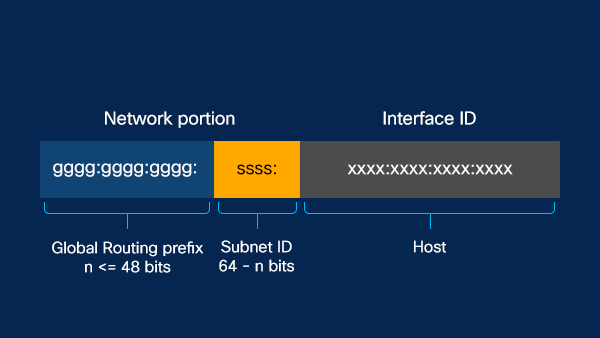Introduction: Internet Protocol version 6 (IPv6) is a crucial technology shaping the future of the internet. The adoption of IPv6 offers advantages such as a larger address space, increased security, and improved performance. However, globally, the widespread adoption of IPv6 faces several challenges. In this article, we will examine the challenges of global IPv6 deployment and evaluate possible steps to overcome these barriers, as discussed in the article Global Deployment Challenges of IPv6: Barriers to Digital Transformation.

Challenges of Global Deployment of IPv6
IPv6’s global adoption presents several significant challenges that must be addressed to ensure a smooth transition and widespread usage.
- Infrastructure Investment: Transitioning to IPv6 requires significant changes to the existing internet infrastructure. This necessitates infrastructure investment, which can be costly. For many companies and organizations, this transition process is time-consuming and expensive. The high cost of infrastructure investment can particularly slow down IPv6 adoption in developing countries, where resources are more limited.
- Software and Hardware Compatibility: The transition to IPv6 requires existing software and hardware to be IPv6 compatible. This may entail updating or replacing devices and software, adding additional costs and time to the transition process. Older hardware and software that are not compatible with IPv6 may force organizations to delay the transition, hindering overall progress.
- Awareness and Education: There is a lack of general awareness about the advantages and necessity of IPv6. Many individuals and organizations do not fully understand the importance of IPv6. Therefore, raising awareness and providing education about transitioning to IPv6 is crucial. Without adequate education, the technical staff may face challenges during the transition process, potentially leading to implementation issues.
- Governance and Standards: Common standards and governance mechanisms need to be established for the global adoption of IPv6. Incompatibilities and different implementations among different countries and organizations may hinder the widespread use of IPv6. The lack of international cooperation could slow down the global adoption of IPv6, creating a fragmented internet environment.
- Security Concerns: While IPv6 offers more advanced security features compared to IPv4, security concerns may arise during the transition process. Potential security vulnerabilities and risks associated with IPv6 may complicate adoption efforts. Without proper security measures, organizations might be hesitant to fully embrace IPv6, fearing potential threats to their networks.
- Business Continuity and Risk Management: The transition to IPv6 requires careful planning in terms of business continuity and risk management. Incorrect transitions or disruptions can jeopardize business continuity and damage the reputation of organizations. Inadequate risk management during the transition could lead to long-term operational failures and setbacks.
Steps to Overcome These Challenges
Despite these challenges in the global deployment of IPv6, the adoption of this technology is inevitable. The advantages offered by IPv6 justify efforts to overcome these challenges and make the internet future-proof, more secure, scalable, and sustainable. To facilitate the widespread adoption of IPv6 and ease the transition process, several steps can be taken:
- Educational and Awareness Campaigns: Organize educational programs and awareness campaigns that explain the advantages and necessity of IPv6. These campaigns should target a broad audience, from technical staff to end-users.
- Investment Incentives: Governments and international organizations can provide investment incentives to accelerate the transition to IPv6. These incentives are particularly important to support the transition process for small and medium-sized enterprises.
- International Cooperation and Standards Development: International cooperation and the establishment of common standards are essential for the global adoption of IPv6. This collaboration will help accelerate the widespread use of the technology.
- Strengthening Security Protocols: To minimize security risks during the IPv6 transition, it is necessary to strengthen security protocols. This will ensure that users and organizations feel more confident in transitioning to IPv6.
- Developing Business Continuity Plans: Comprehensive business continuity plans should be developed, and potential risks should be assessed in advance to ensure continuity during the IPv6 transition. This will help ensure a smoother and uninterrupted transition process.
These steps will support the global adoption and widespread deployment of IPv6, making the internet more secure, scalable, and sustainable for the future.
Global Deployment Challenges of IPv6: Barriers to Digital Transformation
Challenges faced during the global deployment of IPv6 and proposed solutions.
This article discusses the challenges of global IPv6 deployment and evaluates the steps needed to overcome these barriers for a more secure and scalable internet.




